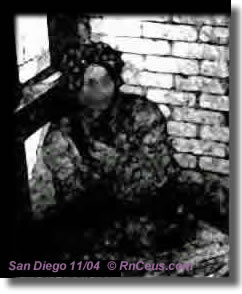

Hypothermia produces a variety of signs and symptoms as body core temperature falls. Unfortunately, hypothermia causes changes in mental status, so that the person with a falling body temperature may not recognize symptoms or be able to seek assistance. This problem is compounded if the elderly person is consuming alcohol or other drugs that may produce a dulling of awareness or interfere with the ability to think clearly.
The National Institute of Health suggest that elders be assessed for signs of the "umbles" – stumble, mumbles, fumbles, and grumbles – indications that show how cold is affecting how muscles and nerves work. Early signs of hypothermia, usually seen at a body core temperature between 32 and 35 degrees Celsius (C.) include: fatigue, slow gait, apathy, slurred speech, confusion, shivering, cool skin, a cold sensation, and muscle weakness. As the body temperature continues to fall to between 28 to 30 degrees C., the person may experience cold skin, cyanosis, bradycardia, atrial and ventricular arrhythmias, hypotension, stupor or coma, muscular rigidity, generalized edema, slowed reflexes, poorly reactive pupils, and oliguria. When the body temperature falls below 28 degrees C. very late signs of hypothermia are seen, such as very cold skin, muscle rigidity, apnea, ventricular fibrillation, unresponsiveness, and fixed pupils. The most significant complications of severe hypothermia are arrthymias and cardiorespiratory arrest.
Instant Feedback:
©RnCeus.com